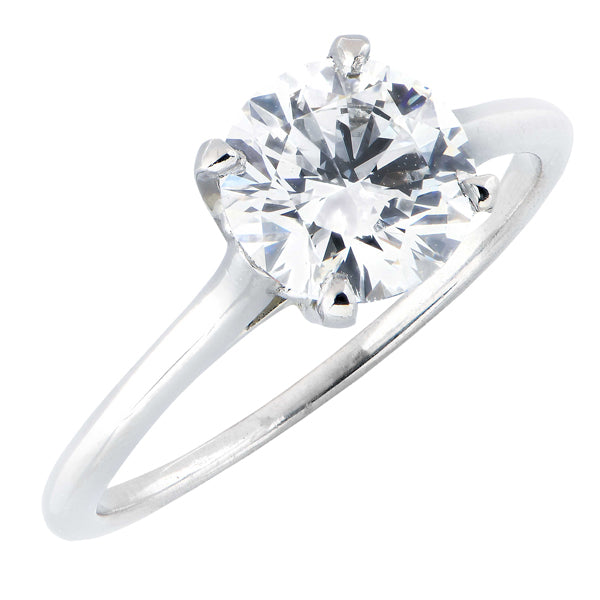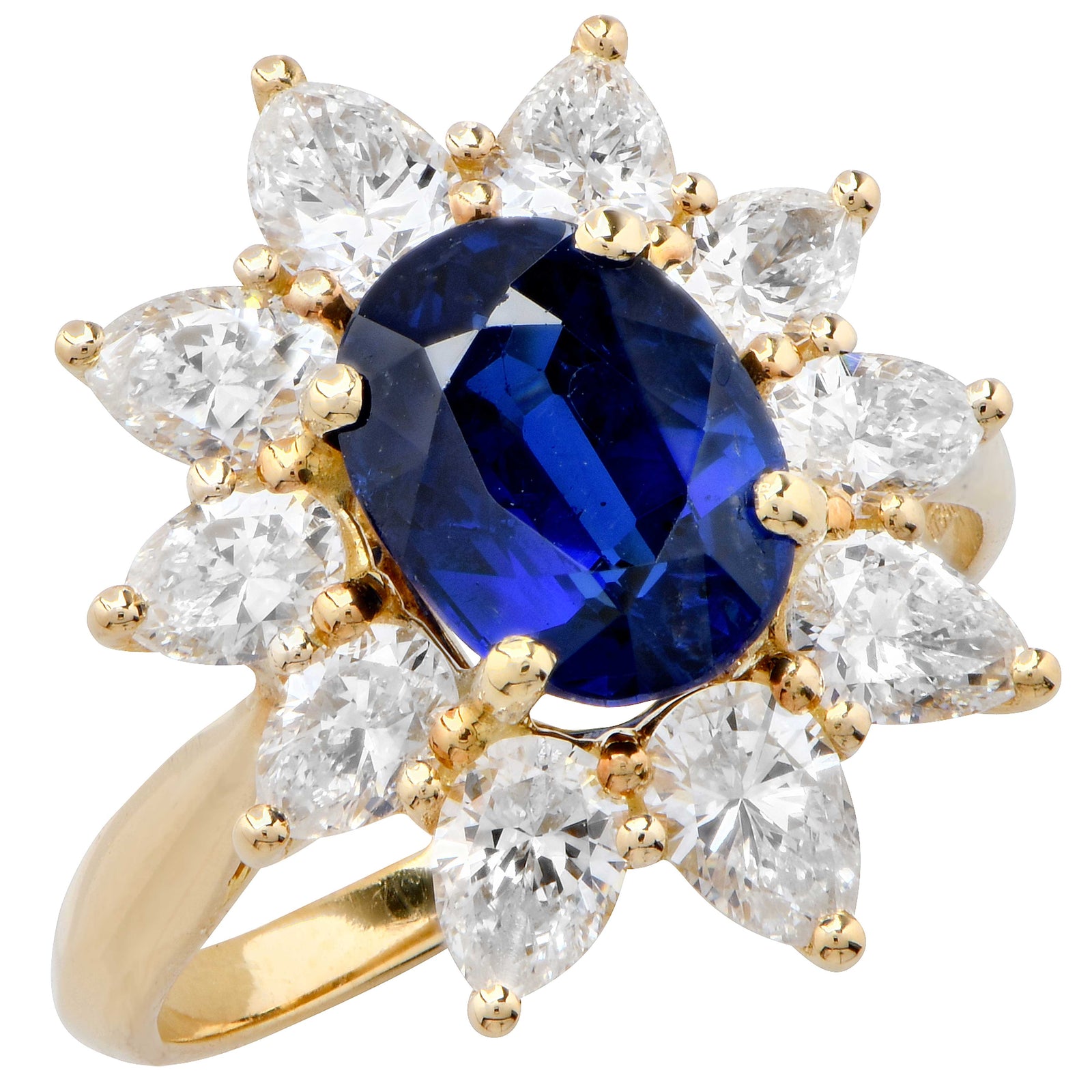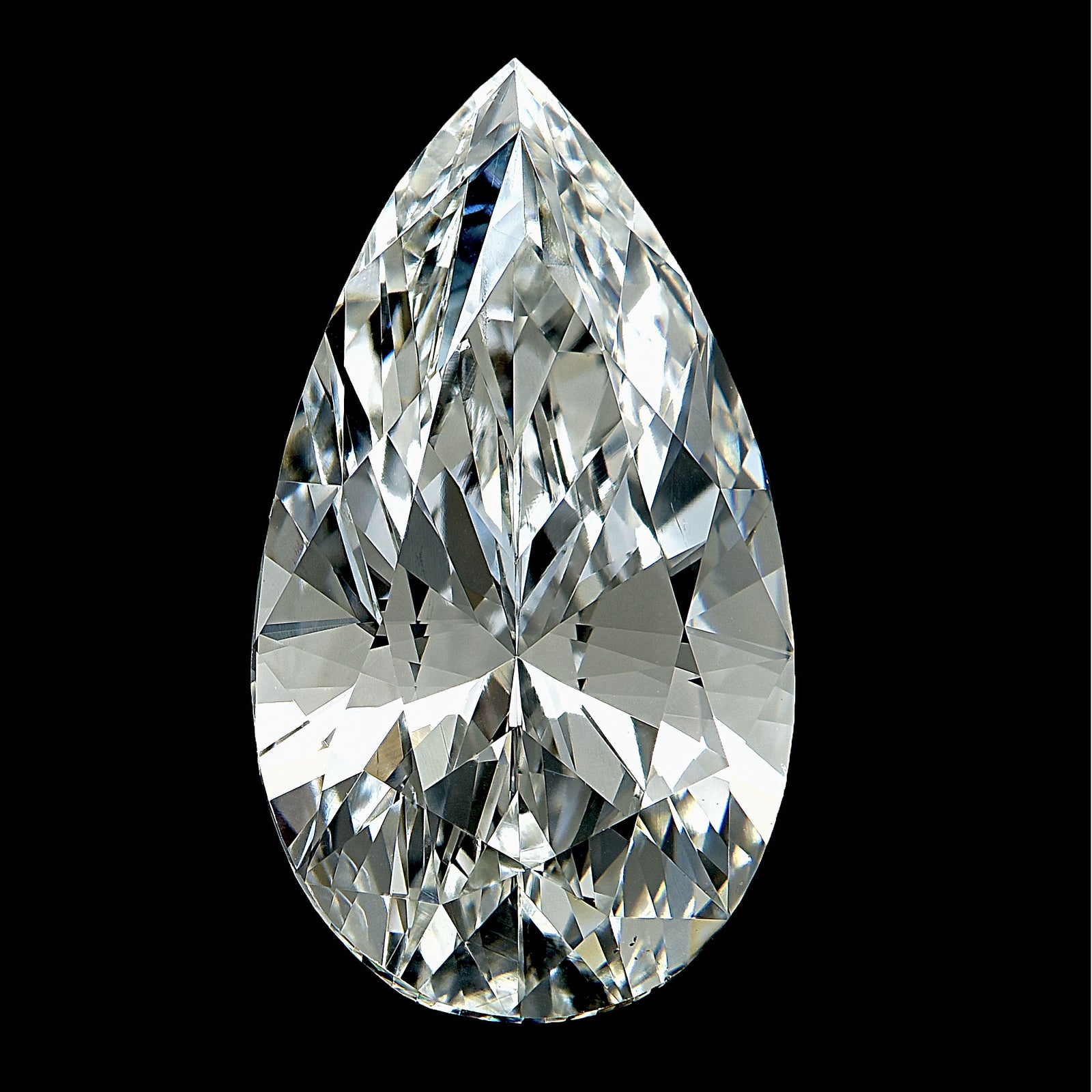Four Tips on How To Sell Your Diamond, Part 1
How to sell your diamond is not something we think about. A diamond is usually purchased with a celebration in mind. You are getting engaged, married, or perhaps an anniversary. These are happy times and most of us never think of how to sell your diamond. Diamonds are symbols of celebration are unique in that they have intrinsic value and can, when needed, be sold and have this value realized. In the following blog I will teach you several things you need to know when you go to sell your diamond and several things to watch out for when selecting who to sell your diamond to.
You have a diamond engagement ring which was purchased when you were younger and when love was in the air. You are now in a different place and in order to get things going in your life you need to sell your diamond. How do you start? What is the value of your diamond? How do you go about getting the most for your diamond? Who do you trust? Where do you sell your diamond? I will address these questions in the following paragraphs with the hopes that you get to sell your diamond in the best way possible.
- How do I start the process of selling my diamond? The first step is the most difficult as you need to come to grips that you need to sell this most precious object which holds memories and that its value has little to do with how much you loved it or how much it meant to you. The diamond trade is at a point in which diamonds have become a commodity. This means that values are assigned based on very well understood qualities and market conditions. When you set out to sell your diamond the very first thing you should do is try to establish the actual retail value of your diamond. I say retail, because this information will be readily available to you online by doing simple searches for similar diamonds online and then some simple calculations.
- Valuing your diamond. If you purchased your diamond from a reputable jewelry store, you most likely received a grading report from the Gemological Institute of America (GIA) with the diamond. If this is the case, you have a simple research project. Simply go online and search out equivalent diamonds and see what they are retailing online for. This will give you an idea of the present retail value of your diamond. I say an idea because there are nuances to a diamond that you may not pick up on. For example, the cut grade. If you purchased your diamond before 2006 your GIA grading report will not have a “Cut” Grade. In this case, you can have the GIA re-examine your diamond and issue a new grading report or leave this as an unknown and hope the person you are selling your diamond to is honest and knowledgeable. Fluorescence also plays a role in valuing your diamond. No fluorescence is best, faint fluorescence has little impact on value, but medium, strong and very strong may have very significant negative impact on the value of your diamond. If your diamond is any shape but round, you will also have a harder time evaluating your diamond as online diamond sales of fancy shapes (what diamond dealers and jewelers call any diamond that is not round) are difficult to judge because fancy shapes have proportions and other features which make them either more or less attractive. If you do not have a GIA grading report for your diamond, and you believe your diamond is of the best quality, you should send it to the GIA and have them grade it. If you did not receive a report with your diamond, it is very likely that what you were told the diamond was at the time of sale may prove to be off by one or more grades, as Top- grade diamonds are almost always accompanied by a GIA grading report to back their higher price.
Establishing a sell price. Now that you have done your research and have determined what the retail price for your diamond is, you can try to establish a sell price. When doing so remember that everyone who is involved in selling this diamond will have to make profit. The same applies to everyone who is involved in buying your diamond. Retail prices for online diamonds usually include a percentage of profit for the seller. Diamonds which are GIA graded and for which there is a good demand from the market will fetch a price closer to the retail price. Diamonds which are not very desirable due to shape, weight, cut or fluorescence will have a price which is farther away from the retail price. The idea is to set a reasonable value for your diamond in your mind in order to avoid low offers or have an over inflated idea of the value of your diamond. With this and the next section of the blog in mind, you will learn how to sell your diamond. Please click here to sell us your diamond. https://regentjewelers.net/pages/sell-my-diamond












